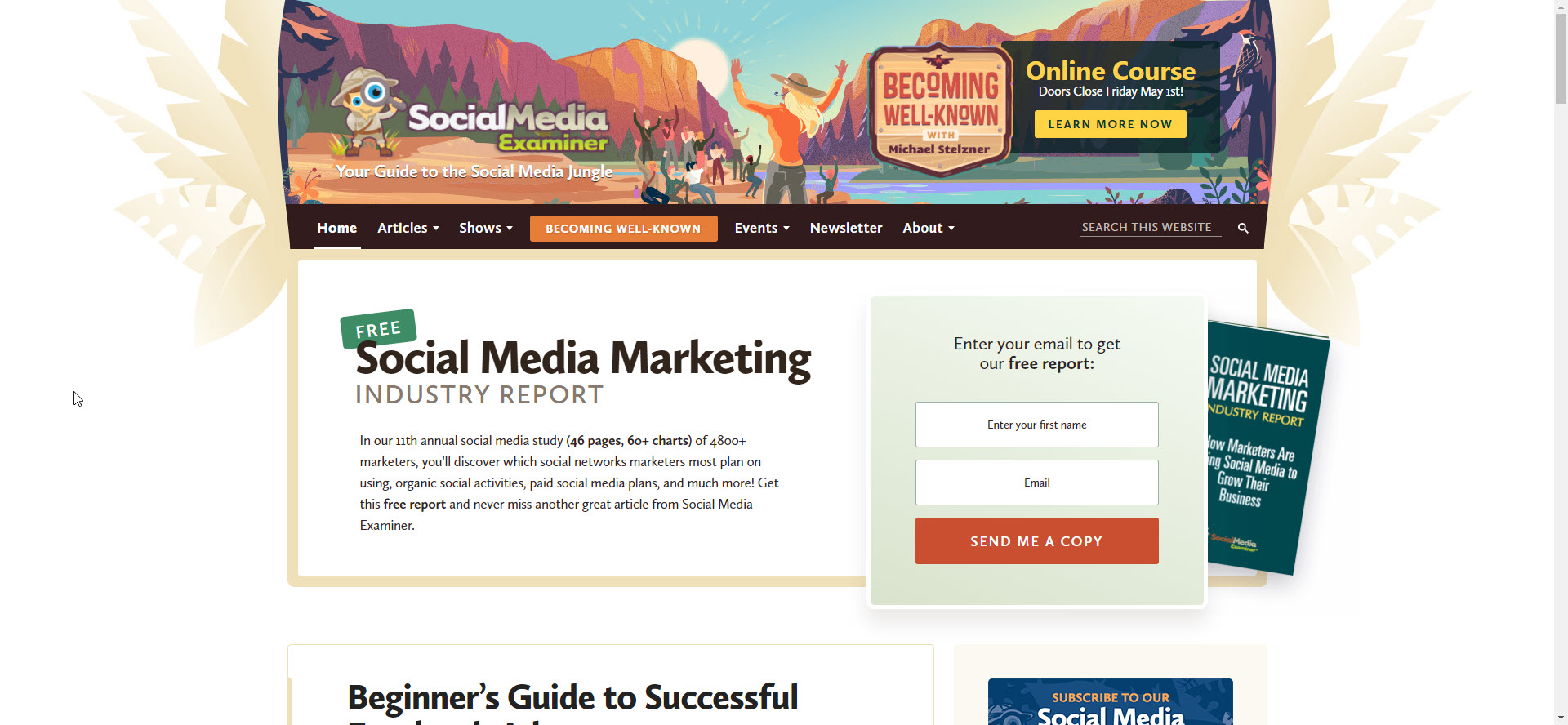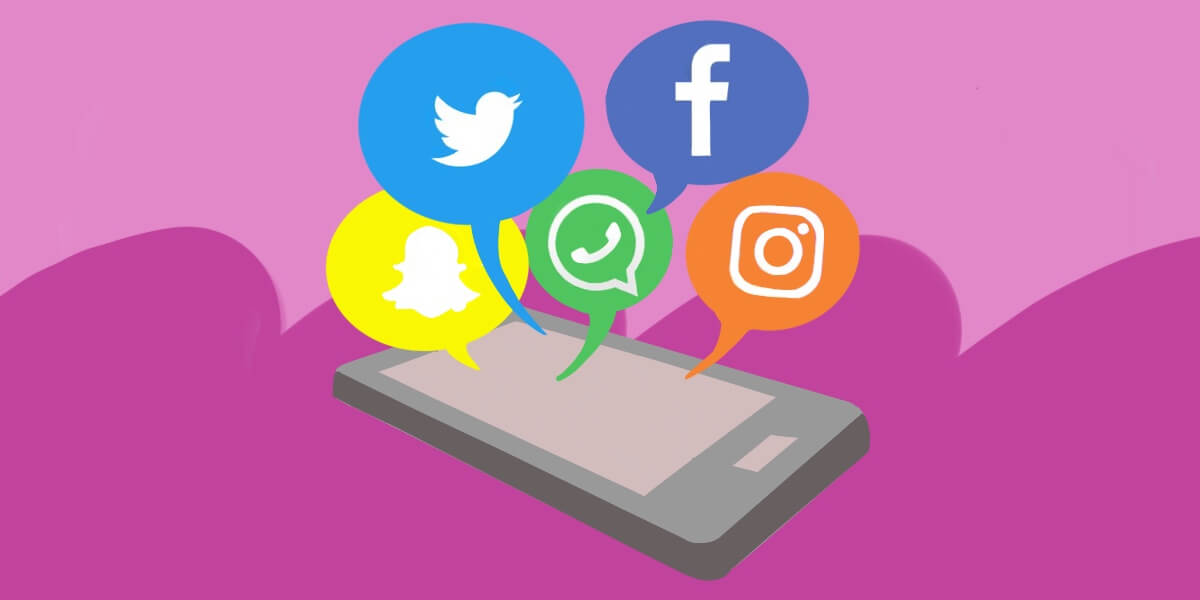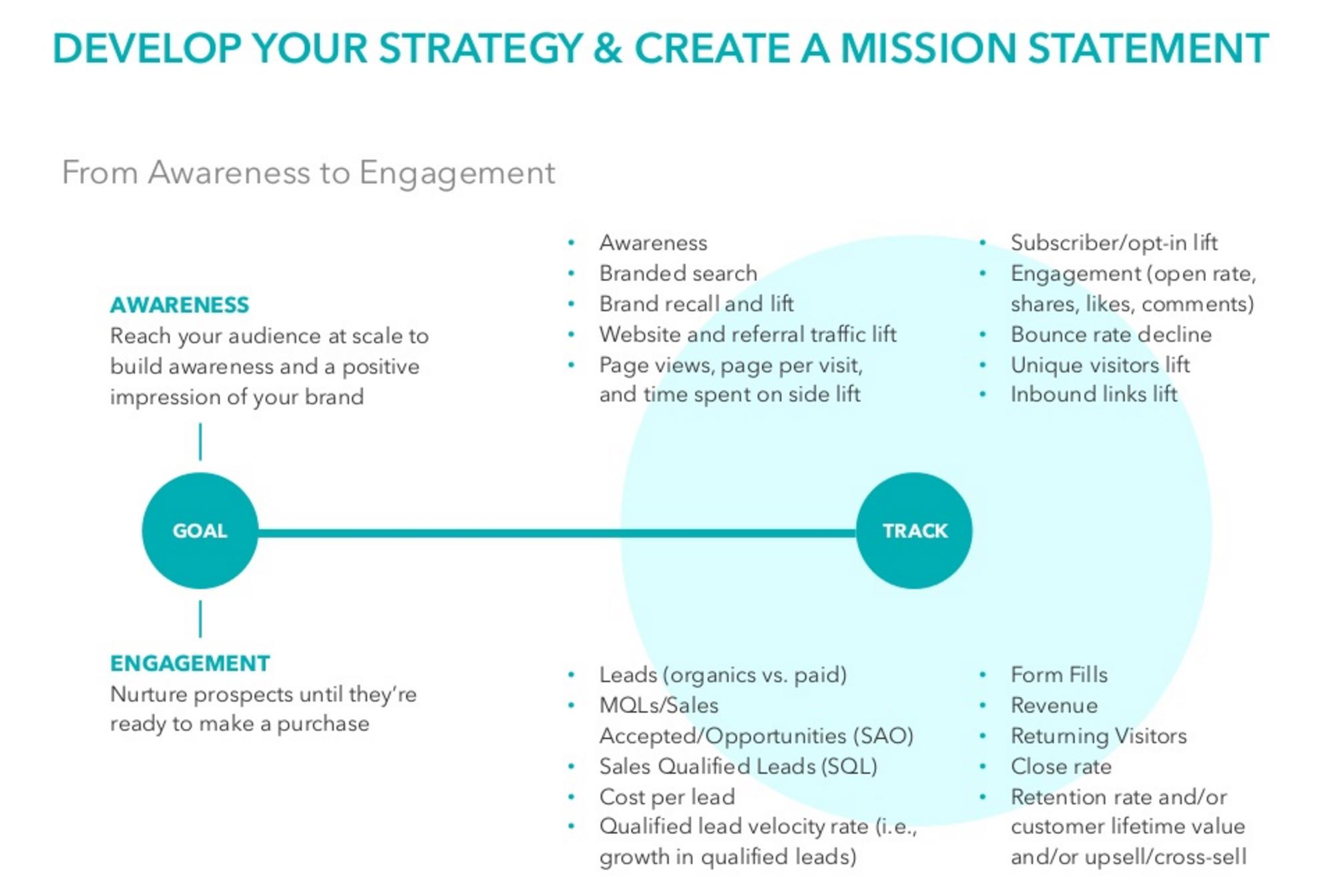
There are many social media monitoring software options available. Brand24 is a great tool to increase sales and customer satisfaction. SocialOomph is a tool that can help individuals and groups improve their productivity, and overall satisfaction. No matter your specific business needs, there are tools that can help you. However, which tool should you use? Here are some ways to find the best tool for you.
HootSuite
This is the place to go if you want the best social monitoring tools. You will find the best monitoring apps that offer high ROI, easy-to-use, and great customer support. These apps allow you to monitor social media conversations across many channels and gain a deep understanding about your audience. It will also help you understand what's trending online and how to improve your presence on them.
There are many affordable options available to those with limited funds. You might need to subscribe, but there are plenty of great features available for free. HootSuite lets you manage multiple social media networks simultaneously, schedule posts and track mentions. HootSuite can give different team members access and assign tasks and items. This is especially useful if you manage customer support departments. You can assign tasks to different members.
Meltwater
Meltwater can help keep you on top of your social media activity. Meltwater lets you set up notifications to notify you of new submissions. You can also block spammers. You can also assign priority to posts by type or create custom workflows that handle different types. This is an excellent tool for any size business. Learn more about how it can assist you. Weigh the pros and cons of Meltwater.

It's simple to understand how to make the most of Meltwater’s monitoring social media tools. You can search over 200 billion conversations to find relevant topics or influencers using the software. This makes it possible to quickly generate complex search queries that can be converted into actionable reports, visuals, and drill-down visuals. Meltwater offers social media analytics and support through a multilingual service team. You can quickly prove its ROI with its comprehensive reports.
SproutSocial
Sprout Social allows you to monitor core social media platforms like Facebook, Twitter and LinkedIn. It can track keywords and mentions, likes, engagement, and send out instant email notifications when there is a spike of activity. Its main strengths include its simplicity and ability to monitor a large number of social networks. It is best suited both for small and large agencies.
Sprout Social's collaboration tools allow you to collaborate with your team and organize your workflows. The downsides of Sprout Social for teams are its cost and the need to pay for each user. However, if you plan on implementing more than one user, it may be worth the extra money. Both tools have comprehensive reporting and social media management features. Sprout Social may be a bit more expensive that Hootsuite, however it has a larger number of partners.
Buffer
Buffer has both paid and free plans. However, the free plan comes with limitations. Buffer's Basic plan, which is free for small businesses, allows you to schedule three posts per account on social media. You can upgrade to a premium plan for more features. Each plan has more features than just publishing. Buffer's Premium plans and Business plans include more features like analytics and reporting. You can also choose a plan based on the number of social media channels you want to monitor.

Buffer allows you to add content from other sources into your posts with the Buffer browser extension. Buffer will warn you if you exceed the character limit. Buffer makes it easy to add a post or share it on different networks using the app. Buffer automatically creates posts that you can share on Facebook and Twitter.
FAQ
Content marketing is it worth the investment?
Content marketing is an essential part any online business strategy. This is a great way to get exposure for your brand. Content marketing not only benefits customers but also makes you stand out among the rest.
Content marketing is about creating useful information that people want. By using content marketing as a core component of their digital marketing strategy, the most successful companies are able to reach their target market.
How much does content marketing cost?
Pricing for content marketing depends on whether you want to outsource or do it yourself. Outsourcing content management services is typically cheaper than hiring full-time workers, which allows you scale quickly when your needs change.
HubSpot research has shown that outsourcing content production costs $5 per lead for B2B companies, compared to $22 for consumer brands.
But, you don't have to pay a lot of money for content marketing tools. These can be used to create high-converting content.
There are many different ways to optimize content that is optimized for search engines, such as Google and Bing. You have the option to write original articles or guest post on blogs. You can also curate content from different websites and reuse existing materials.
If you choose to produce your own content, then you must learn how to make great content. Once you learn it, creating content will become easy.
First, create simple landing page using WordPress. Next, start building your site. You can then build your portfolio over time.
What is the best Content Management platform?
There are many platforms on the market today. Each platform has its pros, and each one has its cons. Here are a few popular options:
-
WordPress - Simple to setup and manage. Great community of users.
-
Wix - Easier than WordPress to set up and maintain. No technical knowledge is required.
-
Squarespace – The best option for those who already own a website.
-
Blogger - Free blogging service.
-
Medium - A place for writers to share their work.
-
Instagram – An image-based platform.
-
LinkedIn - A networking tool.
-
Facebook - The social network.
-
YouTube - Video sharing platform.
-
Pinterest – Image-based platform.
-
Google Analytics – Track visitor behaviors.
-
Hubspot: Email marketing software.
-
MailChimp, Email marketing software.
What are the different content strategies available?
Content strategy is an umbrella term used to describe all aspects of how you create, manage, distribute, measure, and optimize content for digital channels. This includes not only what you post on social media sites like Facebook and Twitter, but also what you highlight on your website, blog and other online properties.
Content strategy is crucial because it determines where your focus should be, what content types to use, and how you communicate with your audience.
Understanding the role of content in the overall business goals is crucial to help you realize them.
Statistics
- Forty-seven percent of buyers view 3 to 5 pieces of content before engaging with a sales representative. (mailchimp.com)
- An example of an overarching goal could be: "In 2022, we want to achieve a 20% increase in revenue created by organic content and generate 15,000 MQLs with a budget of $30,000." (semrush.com)
- We found that 40% of businesses don't have a documented strategy yet. (semrush.com)
- In fact, would pay more for a better customer experience, and 86% of B2B buyers would pay more. (neilpatel.com)
- Measure your goals with a progress indicator of 0-100%. Make your goals collaborative and transparent (semrush.com)
- To further show the importance of this, 89% of people have stopped doing business with a company because of a poor experience. (neilpatel.com)
- Seventy-two percent business to business (B2B) (mailchimp.com)
- According to the Content Marketing Institute, 70% of B2B marketers and 86% of B2C marketers surveyed use content marketing in some form or other. (criteo.com)
External Links
How To
Why Create A Content Marketing Plan? Why Not Now?
You may feel overwhelmed when you first get started with content marketing. The truth is that you don't need all of the tasks at once. Start small.
Take one step at a time. If you try to do too much at once, you risk spreading yourself thin and not making progress. Instead, you should focus on one task at a time until it is mastered.
Start small. Do not worry about perfectionizing every aspect of your content-marketing plan. Only focus on one area of content marketing at time. You will become more comfortable as you work harder.
Learn from past successes. Your social media following and reputation are already established. Why not use your existing network to help you grow? Reach out and ask industry leaders if you'd like to have your content promoted. You can also organize an event and invite bloggers.
Start somewhere even if you've never made content before. Start with something easy. Perhaps you'll create a blog post, host a webinar, and even hold a live Q&A. Regardless of what you do, ensure that you have the ability to measure its effectiveness.